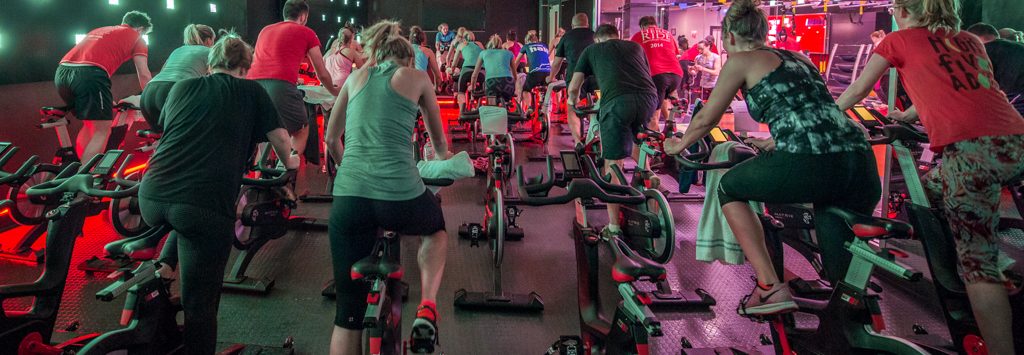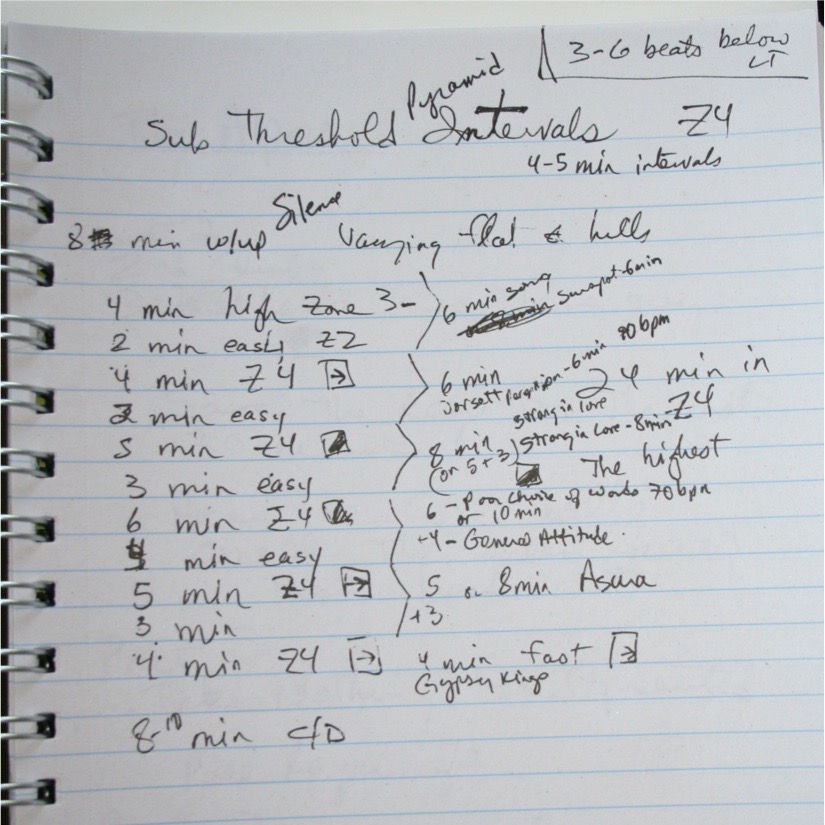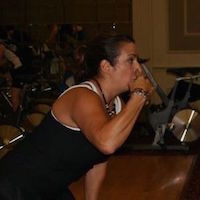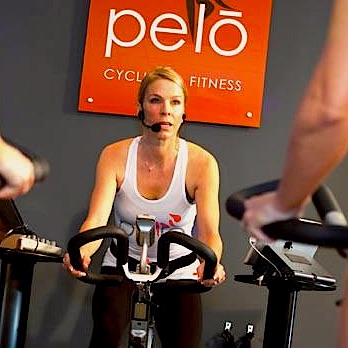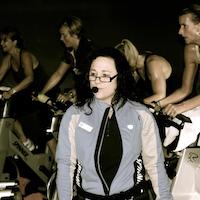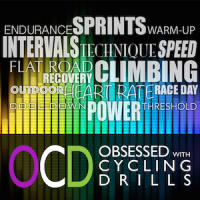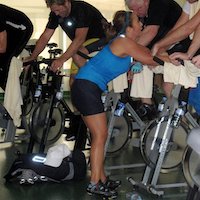Welcome to the Indoor Cycling Association
Audio Master Class: Multiple Personality Climbs
This profile is a series of climbs that get progressively longer. Each one is very different from the other, not just in length and cadence, but also personality. This is manifested in the music choice. I took a previous ICA profile and kept the terrain, but completely changed the music and objective to create an entirely new profile.Read more…
6 Surefire Ways to Double the Number of Your Indoor Cycling Profiles
Creating new profiles is one of the more challenging aspects of being an indoor cycling instructor. But you may have a deeper well of profiles at your own fingertips without even realizing it! Here are 6 tips to take your existing profiles and double or even triple them with a few tweaks. Read more…
Teaching off the Bike, Part 4: Dismounting Occasionally
Throwback Thursday (updated). Teaching off the bike is a skill. With effective and judicious use, you can empower your students beyond what you could do from the saddle. But you can also overdo it and alienate your students. Dismounting occasionally is different from teaching an entire class off the bike. Here are specific steps to elevate your coaching from the floor.Read more…
5 Things You Can Do to Help New Students in Indoor Cycling Class
We all once were new to indoor cycling. Whether or not we came back to that class or indoor cycling in general depended a lot on the instructor of that very first class we took.Read more…
The Mic Killed My Cues
Every time I’m forced to teach without a microphone, I think about those instructors who do not believe in using a mic. They believe instructing without a mic does not affect their teaching or the experience they deliver. They could not be more wrong.Read more…
Instructor and Studio Spotlight: Leslie Mueller of Pelō Fitness
Pelo isn’t the party-on-a-bike kind of fun you find in many West Coast studios. They keep the riding real with a very serious focus on educating their customers, but make sure that great music and fun are a part of the recipe. Leslie is confident that this is what elevates Pelo above their competition and drives their burgeoning success. Read more…
Teaching Off the Bike, Part 3
Part 3 of this series on effective coaching off the bike gives you the remainder of the 12 ways to make sure that you enjoy the process so that you can empower your students. Read more…
Ask The Expert: How Do You Know If Your Class Is Too Hard or Too Easy, Part 2
Part 2 of knowing whether your class is too hard or too easy means digging in deeper into what “hard” really means and how to convey it to your riders. I link to seven articles to help ensure you fully understand this level of effort. This includes 23 cues to empower your riders to give everything they have to reach the level of effort to actually realize the HIT benefits. Otherwise, they’re awash in mediocrity.Read more…
OCD: Face of the Clock
The Face of the Clock is the foundation of all pedal stroke drills and should be a part of every instructor’s coaching repertoire. The way you present this drill can mean the difference between confusion and lightbulb moments for your riders. We provide you with 12 cues that should become part of your stockpile for the rest of your coaching life.Read more…
Teaching Off the Bike, Part 2
We have 12 ways to make sure that you enjoy the process of teaching off the bike and engage your riders so well that they hang on every word (or moments of silence). These tips are for when you have to be off the bike for an entire class, whether it be due to injury, giving up your bike for a member, teaching a large number of classes during the week, or any other reason. The first 6 are here in part 2 of this series, and the remainder in part 3.Read more…

